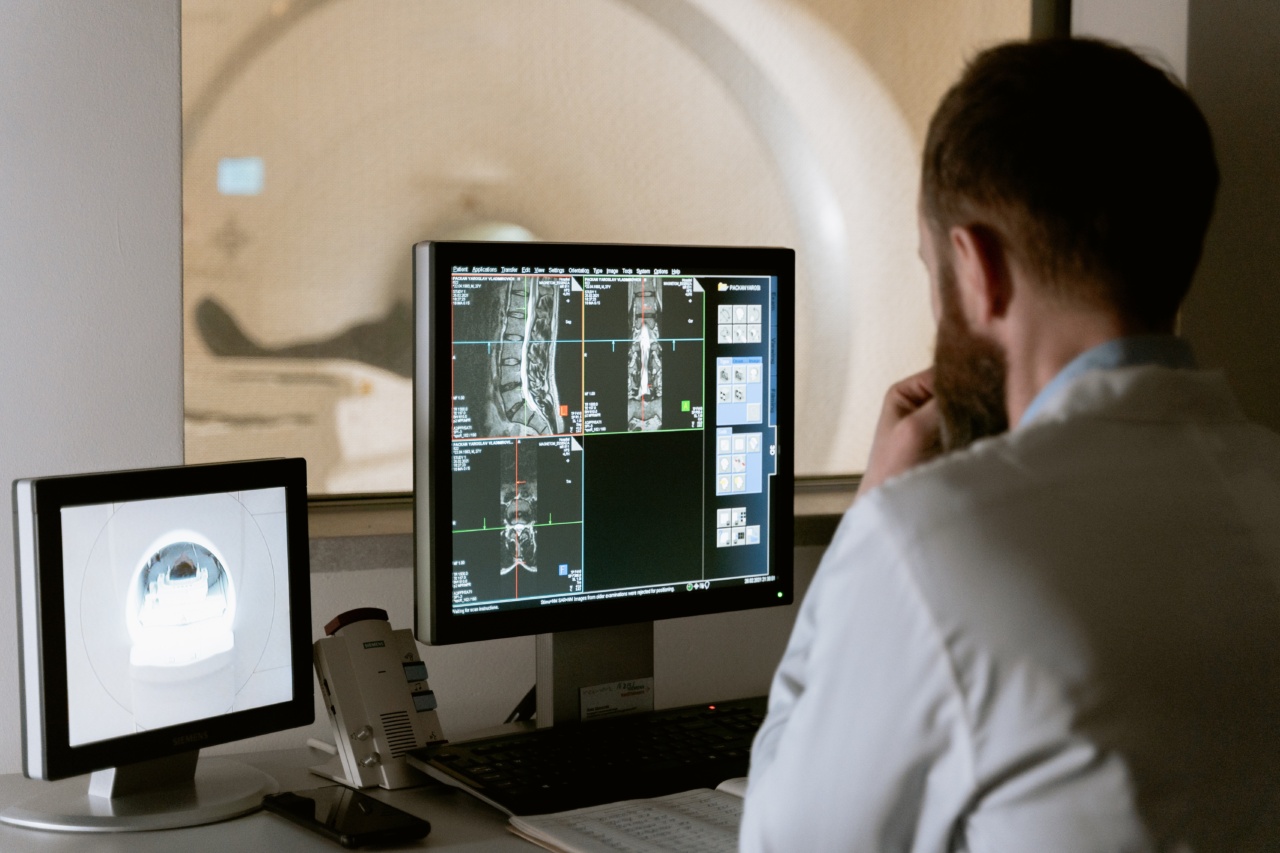Having healthy bones is crucial for overall well-being and mobility. Bones provide structure to our body, protect organs, store minerals, and anchor muscles.
As we age, our bone health becomes even more important, as the risk of developing osteoporosis and fractures increases. It is essential to be aware of the warning signs that indicate potential problems with our bone health. In this article, we will discuss four common symptoms that may suggest your bone health is at risk.
1. Chronic Joint Pain
Experiencing chronic joint pain is not a normal part of aging. If you consistently suffer from pain in your joints, it may be an indication of underlying bone problems.
Ongoing pain in the joints, particularly in the knees, hips, or wrists, could be a sign of deteriorating bone health or osteoarthritis. It is important to consult a healthcare professional to determine the underlying cause and receive appropriate treatment.
2. Weak and Brittle Nails
Your nails can also reveal important clues about your bone health. Weak and brittle nails that easily break or peel may suggest a mineral deficiency, such as calcium or vitamin D. These minerals play a crucial role in maintaining strong bones and nails.
If you notice a sudden change in the strength and quality of your nails, it might be beneficial to discuss it with your doctor and have your bone health evaluated.
3. Receding Gums and Tooth Loss
Did you know that your oral health is closely linked to the health of your bones? Receding gums and tooth loss can be indicators of poor bone density in the jaw.
The jawbone supports our teeth, and when it weakens, it can result in tooth loss or loosening. Additionally, periodontal disease, characterized by swollen or bleeding gums, has also been associated with osteoporosis. Maintaining good oral hygiene and regular dental visits can help monitor and manage these symptoms.
4. Loss of Height and Stooped Posture
If you have noticed a gradual loss of height or a more stooped posture recently, it might be worth considering your bone health. These changes are often associated with vertebral fractures and osteoporosis.
Osteoporosis weakens the bones, making them more prone to compression fractures in the spine. Regular exercise, a balanced diet rich in calcium and vitamin D, and bone density screenings can assist in identifying and managing bone loss.
Conclusion
Keeping your bones healthy is crucial for maintaining an active lifestyle and reducing the risk of fractures and osteoporosis. By staying vigilant and recognizing the warning signs, you can take appropriate steps to protect your bone health.
If you experience chronic joint pain, weak and brittle nails, receding gums, or a loss of height and stooped posture, it is essential to consult with a healthcare professional who can evaluate your bone health further. Taking preventive measures and adopting a bone-friendly lifestyle can help ensure a strong and resilient skeletal system.































